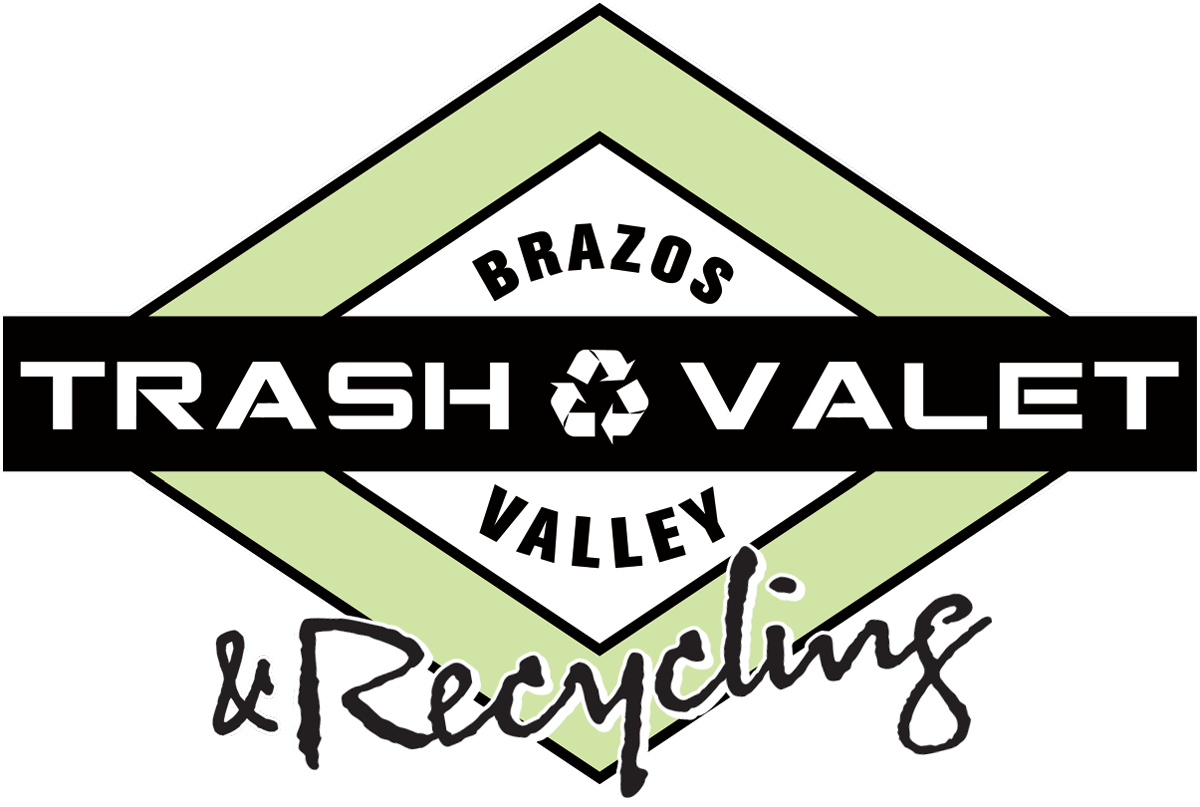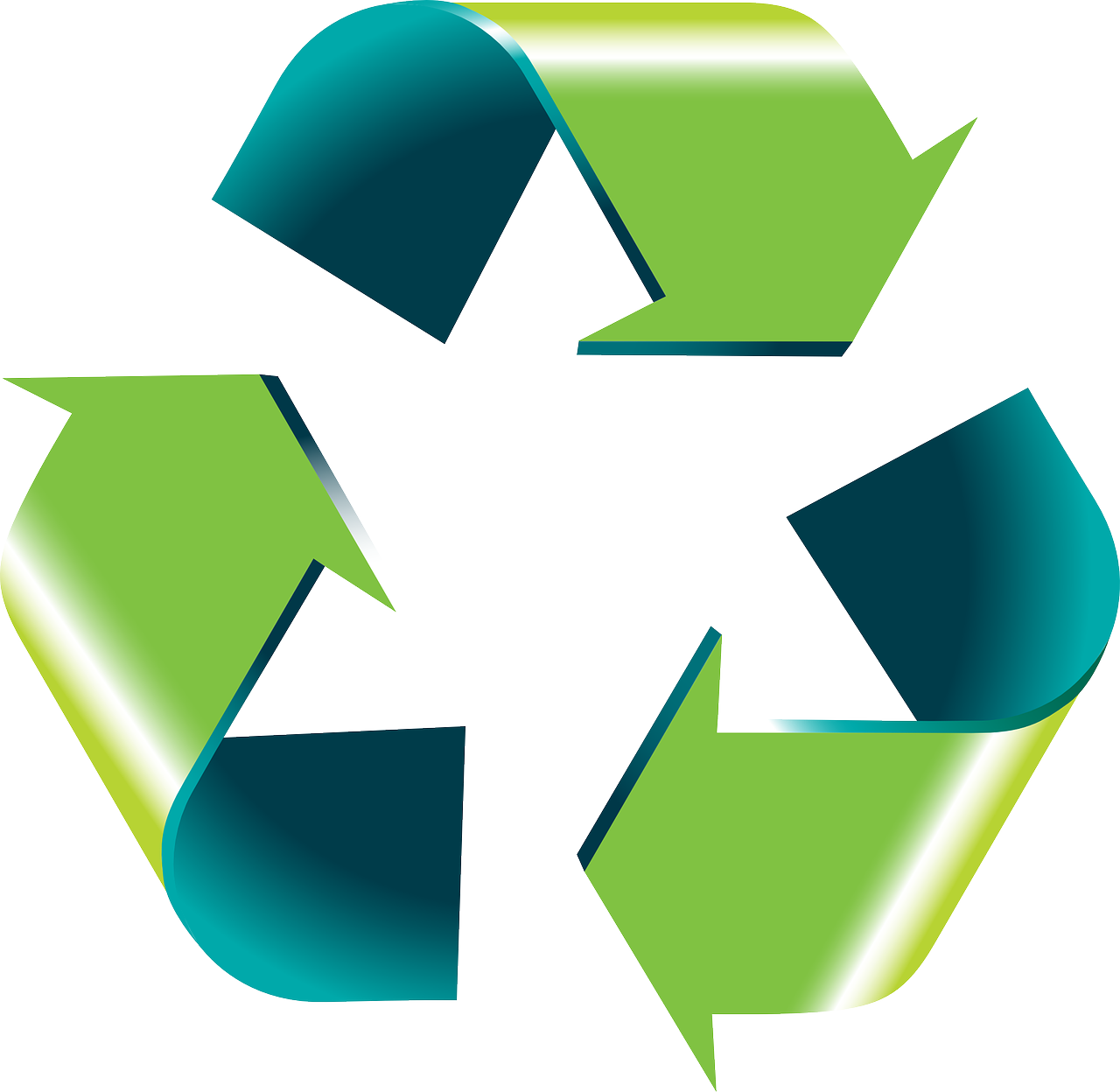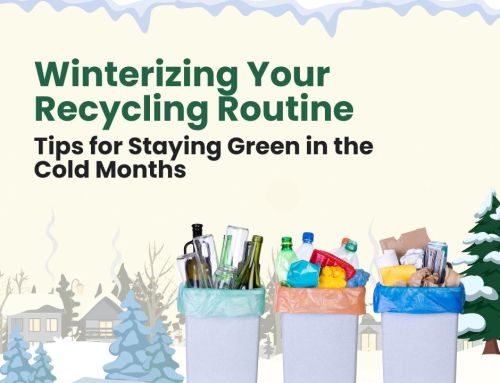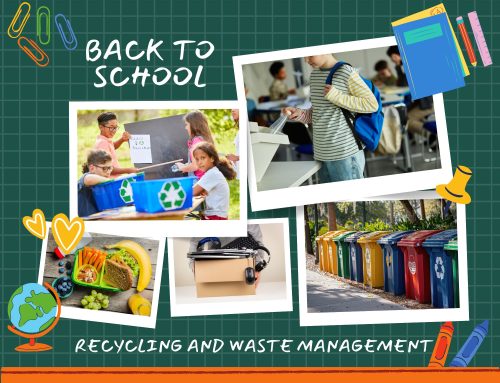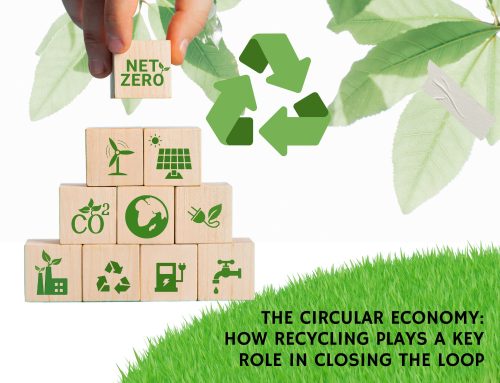What The Different American Recycling Symbols Mean
Recycling is an essential part of living a sustainable and eco-friendly lifestyle. With the implementation of various recycling symbols, it has become easier to identify items and materials that can be recycled. This article will help readers gain a better understanding of what the different American recycling symbols mean.
The use of recycling symbols is becoming increasingly common in everyday life. By recognizing these symbols, individuals are able to reduce their environmental impact by disposing of items responsibly and in the correct way. Knowing what each symbol stands for also helps people make more informed decisions when it comes to selecting products with packaging that can be recycled or upcycled into something new.
The Mobius Loop
The Mobius loop is a universal symbol for recycling, used in the United States and many other parts of the world. It is a three-dimensional figure eight, which is formed when a single strip of paper or ribbon is twisted and joined in the middle. The symbol has become widely recognized as an indicator that a product can be recycled.
In addition to being an easy-to-recognize symbol for recycling, the Mobius loop also serves as a reminder to manufacturers and retailers about their responsibility to use sustainable practices in their operations and supply chains. Companies that embrace sustainability initiatives such as reusing packaging materials or implementing green policies can display this symbol on their products as an indication of their commitment to environmental stewardship.
Miscellaneous Plastic Recycling Symbol
Its purpose is to indicate which types of plastic containers can be recycled. The symbol consists of three arrows forming a triangle, with the numbers one through seven inside the triangle. This indicates that all plastics numbered one through seven are accepted for recycling.
Common items which carry this symbol include single-use water bottles, yogurt and margarine tubs, and food wrap. These are all made from different types of plastic, so it is important to know which type is recyclable before you put them in your recycling bin.
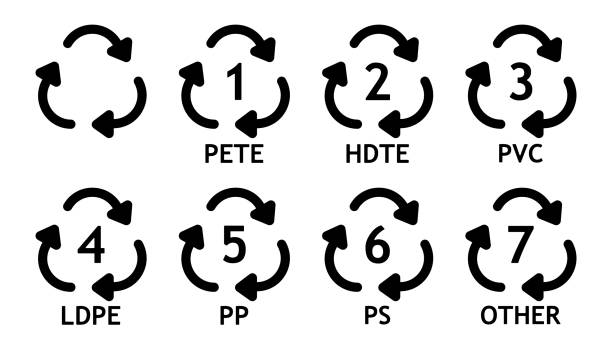
Circular arrow signs waste recycling icons. Utilization solid and liquid household waste with environmental segregation and sorting plastic and vector organic matter.
The seven categories are:
- #1 – Polyethylene Terephthalate (PET/PETE): This type of plastic is commonly used in water and soda bottles as well as food packaging. It is recyclable but should not be reused for food storage due to potential toxins that could leach out over time.
- #2 – High-Density Polyethylene (HDPE): This type of plastic is often used for milk jugs, detergents, shampoos, and motor oil containers. It is generally considered safe for reuse with food and can be recycled through most curbside programs.
- #3 – Polyvinyl Chloride (PVC): PVC is commonly used for shrink wrap, cooking oil containers, and plumbing pipes. It should not be reused for food storage due to potential toxins that could leach out over time; it can usually be recycled through specialty programs only.
- #4 – Low-Density Polyethylene (LDPE): This type of plastic is often used for grocery bags, bread bags, frozen food bags, squeeze bottles and other flexible packaging materials. It can generally be recycled through most curbside programs but should not be reused with food due to potential toxins that could leach out over time.
- #5 – Polypropylene (PP): PP is commonly used for yogurt containers, syrup bottles, straws and medicine bottles; it can usually be recycled through most curbside programs but should not be reused with food due to potential toxins that could leach out over time .
- #6 – Polystyrene (PS): PS is often used for Styrofoam cups and takeout containers; it cannot typically be recycled through curbside programs but some specialty centers do accept this material for recycling or repurposing into new products such as packing peanuts or insulation boards.
- #7 – Other: This category includes all other types of plastics such as polycarbonate (#7), acrylic (#9), nylon (#10), acetal (#11) and more; these types of plastics may or may not have their own separate resin identification codes depending on the manufacturer or country where they were produced; they should typically not be reused with food due to potential toxins that could leach out over time but some may have specialized recycling options available depending on location..
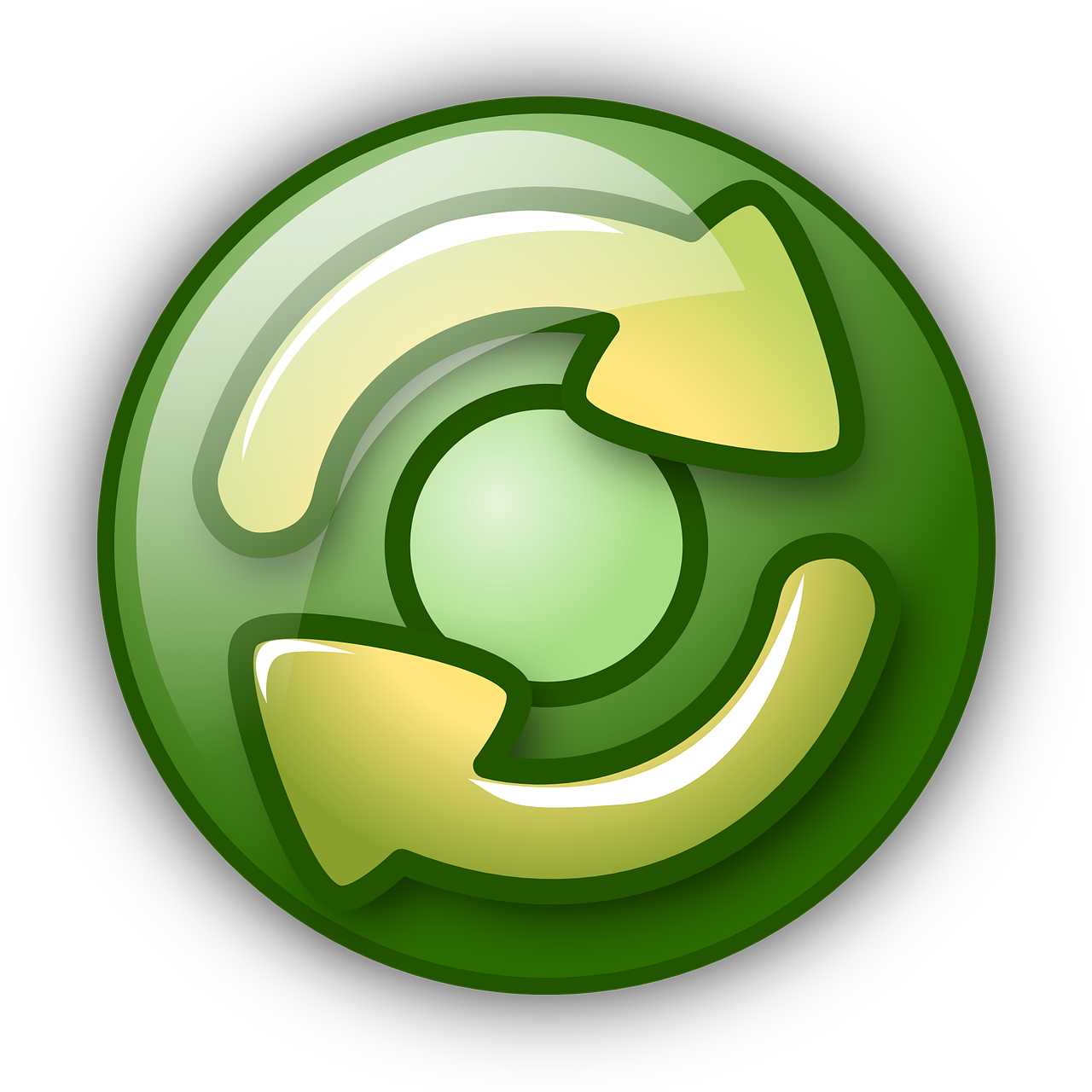 The Green Dot
The Green Dot
The Green Dot symbol indicates that the product or package bearing the symbol has been recycled or is recyclable. The symbol was first developed by Germany’s Dual System Deutschland GmbH in 1991 and has since become one of the most widely recognized symbols for recycling worldwide.
The Green Dot symbol is usually seen on packaging and products made from plastic, glass, metal, paperboard, and certain other materials. It serves as an indication to consumers that these materials can be recycled through existing infrastructure and collection systems. The Green Dot program also encourages manufacturers to make sure their packaging is properly recycled after use. This helps to reduce waste and conserve natural resources.
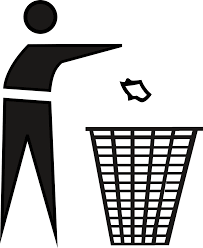 The Tidyman
The Tidyman
The Tidyman symbol is a widely recognized recycling logo issued in the United States. It has become a visual representation of recycling, waste management and environmental stewardship across the country. The logo is a green figure with two hands upraised, forming a ‘T’ shape that stands for “tidying up” the environment. This symbol is used to identify products made with recycled materials or that are recyclable themselves.
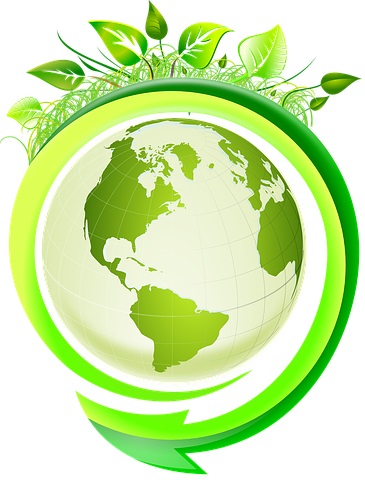 The Compostable Logo
The Compostable Logo
The Compostable Logo is an American recycling symbol that indicates a product is compostable. Products with this logo are made from materials that can break down naturally in a home or commercial composting facility, such as food scraps and yard waste. By using products with this logo, people can reduce their impact on the environment and have a positive contribution to the sustainability of our planet.
 The Aluminum Can Recycling Symbol
The Aluminum Can Recycling Symbol
The aluminum can recycling symbol consists of three arrows in a triangular pattern with the word “recycle” written inside the triangle. This symbol was developed in 1988 by the Aluminum Association and quickly became a common sight on all products made out of or containing aluminum. This symbol has become so popular that it is now recognized by most people as a sign for recycling, even if they do not know what it means specifically.
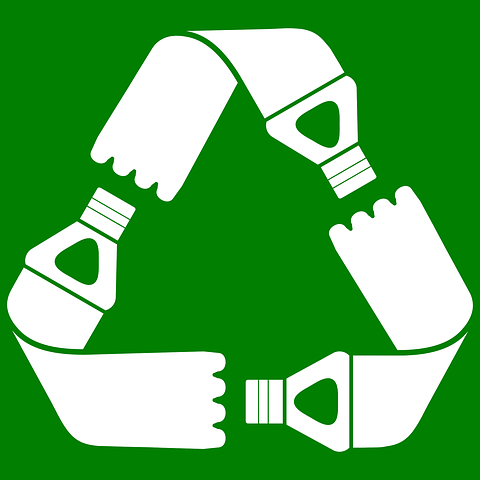 The Biodegradable Plastic Recycling Symbol
The Biodegradable Plastic Recycling Symbol
The symbol itself consists of three arrows inside of a circular shape, with the words “BIODEGRADABLE PLASTIC” written underneath it. It has been designed to be easily recognizable, so that users know immediately that the product is made from biodegradable plastic. When this symbol is found on a product, it indicates that the item can be composted or recycled in an industrial setting instead of being sent to a landfill.
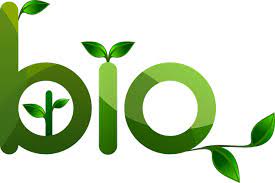 The Compostable Plastic Recycling Symbol
The Compostable Plastic Recycling Symbol
The compostable plastic recycling symbol is a universal indicator of products made from bioplastics. Bioplastics are plant-based materials that can be used to replace synthetic plastics. The symbol consists of three arrows in the shape of a triangle, with the word “COMPOSTABLE” written in capital letters across the top. This symbol informs consumers that items made from bioplastics are capable of being broken down through composting processes, such as aerobic digestion.
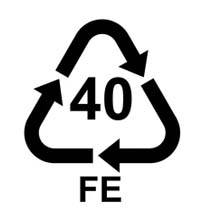 The Recyclable Steel Recycling Symbol
The Recyclable Steel Recycling Symbol
The recyclable steel recycling symbol is widely recognized and used to indicate that a product is made from steel and can be recycled. This symbol consists of three arrows which are pointing in opposite directions, with the words “RECYCLABLE STEEL” or “RECYCLABLE METAL” underneath. This is an important symbol for consumers to look out for as it helps to identify products that can be recycled.
Recycled steel also has a lower carbon footprint than virgin metals because it requires less energy and fewer raw materials to produce.
It is important to know what materials are compostable or biodegradable, and what items should not be recycled. Knowing this information can help reduce the amount of waste that ends up in landfills or as litter in our environment. It also helps to ensure that recyclables are collected correctly so they can be processed into new products.
Recycling is not only beneficial for our environment, but it also helps conserve resources and reduces the amount of energy needed to produce new materials from scratch. Furthermore, by investing in sustainable practices such as recycling or composting, individuals can play an active role in protecting our planet for future generations.
Share This Story, Choose Your Platform!
What The Different American Recycling Symbols Mean
Recycling is an essential part of living a sustainable and eco-friendly lifestyle. With the implementation of various recycling symbols, it has become easier to identify items and materials that can be recycled. This article will help readers gain a better understanding of what the different American recycling symbols mean.
The use of recycling symbols is becoming increasingly common in everyday life. By recognizing these symbols, individuals are able to reduce their environmental impact by disposing of items responsibly and in the correct way. Knowing what each symbol stands for also helps people make more informed decisions when it comes to selecting products with packaging that can be recycled or upcycled into something new.
The Mobius Loop
The Mobius loop is a universal symbol for recycling, used in the United States and many other parts of the world. It is a three-dimensional figure eight, which is formed when a single strip of paper or ribbon is twisted and joined in the middle. The symbol has become widely recognized as an indicator that a product can be recycled.
In addition to being an easy-to-recognize symbol for recycling, the Mobius loop also serves as a reminder to manufacturers and retailers about their responsibility to use sustainable practices in their operations and supply chains. Companies that embrace sustainability initiatives such as reusing packaging materials or implementing green policies can display this symbol on their products as an indication of their commitment to environmental stewardship.
Miscellaneous Plastic Recycling Symbol
Its purpose is to indicate which types of plastic containers can be recycled. The symbol consists of three arrows forming a triangle, with the numbers one through seven inside the triangle. This indicates that all plastics numbered one through seven are accepted for recycling.
Common items which carry this symbol include single-use water bottles, yogurt and margarine tubs, and food wrap. These are all made from different types of plastic, so it is important to know which type is recyclable before you put them in your recycling bin.

Circular arrow signs waste recycling icons. Utilization solid and liquid household waste with environmental segregation and sorting plastic and vector organic matter.
The seven categories are:
- #1 – Polyethylene Terephthalate (PET/PETE): This type of plastic is commonly used in water and soda bottles as well as food packaging. It is recyclable but should not be reused for food storage due to potential toxins that could leach out over time.
- #2 – High-Density Polyethylene (HDPE): This type of plastic is often used for milk jugs, detergents, shampoos, and motor oil containers. It is generally considered safe for reuse with food and can be recycled through most curbside programs.
- #3 – Polyvinyl Chloride (PVC): PVC is commonly used for shrink wrap, cooking oil containers, and plumbing pipes. It should not be reused for food storage due to potential toxins that could leach out over time; it can usually be recycled through specialty programs only.
- #4 – Low-Density Polyethylene (LDPE): This type of plastic is often used for grocery bags, bread bags, frozen food bags, squeeze bottles and other flexible packaging materials. It can generally be recycled through most curbside programs but should not be reused with food due to potential toxins that could leach out over time.
- #5 – Polypropylene (PP): PP is commonly used for yogurt containers, syrup bottles, straws and medicine bottles; it can usually be recycled through most curbside programs but should not be reused with food due to potential toxins that could leach out over time .
- #6 – Polystyrene (PS): PS is often used for Styrofoam cups and takeout containers; it cannot typically be recycled through curbside programs but some specialty centers do accept this material for recycling or repurposing into new products such as packing peanuts or insulation boards.
- #7 – Other: This category includes all other types of plastics such as polycarbonate (#7), acrylic (#9), nylon (#10), acetal (#11) and more; these types of plastics may or may not have their own separate resin identification codes depending on the manufacturer or country where they were produced; they should typically not be reused with food due to potential toxins that could leach out over time but some may have specialized recycling options available depending on location..
 The Green Dot
The Green Dot
The Green Dot symbol indicates that the product or package bearing the symbol has been recycled or is recyclable. The symbol was first developed by Germany’s Dual System Deutschland GmbH in 1991 and has since become one of the most widely recognized symbols for recycling worldwide.
The Green Dot symbol is usually seen on packaging and products made from plastic, glass, metal, paperboard, and certain other materials. It serves as an indication to consumers that these materials can be recycled through existing infrastructure and collection systems. The Green Dot program also encourages manufacturers to make sure their packaging is properly recycled after use. This helps to reduce waste and conserve natural resources.
 The Tidyman
The Tidyman
The Tidyman symbol is a widely recognized recycling logo issued in the United States. It has become a visual representation of recycling, waste management and environmental stewardship across the country. The logo is a green figure with two hands upraised, forming a ‘T’ shape that stands for “tidying up” the environment. This symbol is used to identify products made with recycled materials or that are recyclable themselves.
 The Compostable Logo
The Compostable Logo
The Compostable Logo is an American recycling symbol that indicates a product is compostable. Products with this logo are made from materials that can break down naturally in a home or commercial composting facility, such as food scraps and yard waste. By using products with this logo, people can reduce their impact on the environment and have a positive contribution to the sustainability of our planet.
 The Aluminum Can Recycling Symbol
The Aluminum Can Recycling Symbol
The aluminum can recycling symbol consists of three arrows in a triangular pattern with the word “recycle” written inside the triangle. This symbol was developed in 1988 by the Aluminum Association and quickly became a common sight on all products made out of or containing aluminum. This symbol has become so popular that it is now recognized by most people as a sign for recycling, even if they do not know what it means specifically.
 The Biodegradable Plastic Recycling Symbol
The Biodegradable Plastic Recycling Symbol
The symbol itself consists of three arrows inside of a circular shape, with the words “BIODEGRADABLE PLASTIC” written underneath it. It has been designed to be easily recognizable, so that users know immediately that the product is made from biodegradable plastic. When this symbol is found on a product, it indicates that the item can be composted or recycled in an industrial setting instead of being sent to a landfill.
 The Compostable Plastic Recycling Symbol
The Compostable Plastic Recycling Symbol
The compostable plastic recycling symbol is a universal indicator of products made from bioplastics. Bioplastics are plant-based materials that can be used to replace synthetic plastics. The symbol consists of three arrows in the shape of a triangle, with the word “COMPOSTABLE” written in capital letters across the top. This symbol informs consumers that items made from bioplastics are capable of being broken down through composting processes, such as aerobic digestion.
 The Recyclable Steel Recycling Symbol
The Recyclable Steel Recycling Symbol
The recyclable steel recycling symbol is widely recognized and used to indicate that a product is made from steel and can be recycled. This symbol consists of three arrows which are pointing in opposite directions, with the words “RECYCLABLE STEEL” or “RECYCLABLE METAL” underneath. This is an important symbol for consumers to look out for as it helps to identify products that can be recycled.
Recycled steel also has a lower carbon footprint than virgin metals because it requires less energy and fewer raw materials to produce.
It is important to know what materials are compostable or biodegradable, and what items should not be recycled. Knowing this information can help reduce the amount of waste that ends up in landfills or as litter in our environment. It also helps to ensure that recyclables are collected correctly so they can be processed into new products.
Recycling is not only beneficial for our environment, but it also helps conserve resources and reduces the amount of energy needed to produce new materials from scratch. Furthermore, by investing in sustainable practices such as recycling or composting, individuals can play an active role in protecting our planet for future generations.
